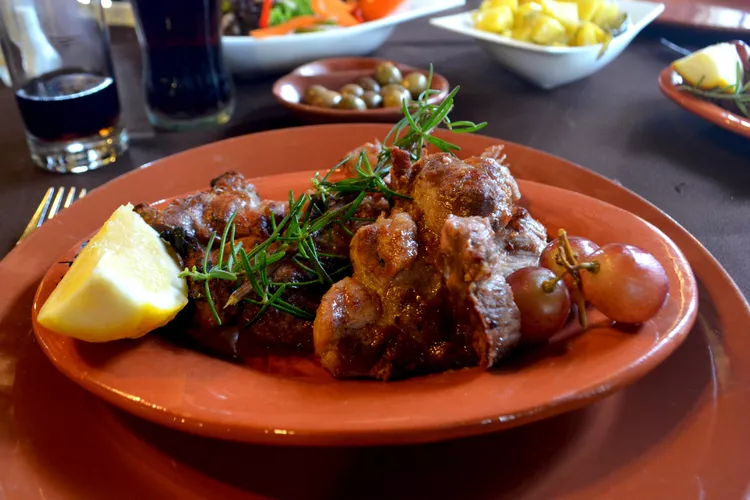Summary of Portugal Travel Insights
Portugal hugs the Atlantic on the western side of the Iberian Peninsula, which it shares with the much bigger Spain. Until recently, Portugal has been an under-the-radar destination for Western European travelers. However, those days are over—especially thanks to the country’s amazing food scene. Keep a lookout for its famous black pork as well as port wine. Portuguese black pork, called pata negra or porco preto, is part of the diverse influences of Iberian cuisine.
Why You Should Visit Portugal
There are many reasons why you should visit Portugal. Its economy is on the up, with a rising culture of art collectives and new local businesses. Moreover, it’s a diverse country geographically, rich in history, interesting architecture, and exciting cities like Lisbon and Porto that are full to bursting with cafes, bars, clubs, boutiques, fine hotels, and museums.
It offers enticing beaches along its Atlantic and Mediterranean coastlines, including the beautiful Algarve. Additionally, there are the islands—Madeira and the Azores. All these appealing attributes are wrapped in an alluring Mediterranean climate. Plus, a trip to Portugal provides better value compared to many other places in Western Europe.
Alentejo Region: A Foodie Favorite
The Alentejo region lies south of the Tagus River in south-central Portugal, and is just a short drive from Lisbon. It is renowned for its fine wines, cork production, Roman ruins, cheeses, and castles—alongside a unique breed of pig that is famously fattened on acorns. The meat from this porto preto breed of pig is called black pork. During the fattening phase, these pigs, which have never been crossbred, roam freely over the countryside, feeding on the acorns of holm oaks and seeds of cork oaks that are indigenous to the area.
Consequently, the acorns are the secret that makes these pigs so special, imparting the meat with a somewhat nutty flavor and a healthier fat content compared to other pork. Pigs do not convert the fat they consume, and the fat from acorns is beneficial as it is similar to olive oil, being primarily monounsaturated. The muscle and fat they gain during this phase contribute to the unmatched succulence and flavor of the meat. There is truly nothing like this pork anywhere else.
Black pork, also known as raca Alentejana, is a specialty found exclusively in the Alentejo region. Many of the restaurants opt to use the Spanish term pata negra, even though the correct term is porco preto, referring to the breed of the pig.
Travel Tips
A trip to Portugal wouldn’t be complete without making a visit to the Alentejo region to explore its Roman ruins and castles. A must-see is the fortified town of Estremoz, whose history is deeply intertwined with that of Portugal. This town boasts thousands of years of history and has been home to Romans, Visigoths, and Muslims. Moreover, it’s known for its exquisite marble, a significant Portuguese export. After a day of sightseeing, consider unwinding with a wonderful dinner at Adega do Isaías restaurant in Estremoz, where dishes made with black pork are featured on the menu, alongside a variety of delightful Portuguese wines to savor.





